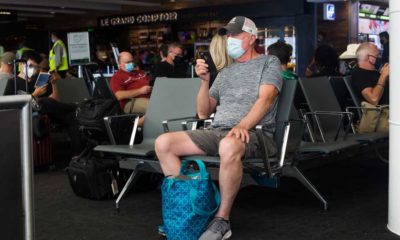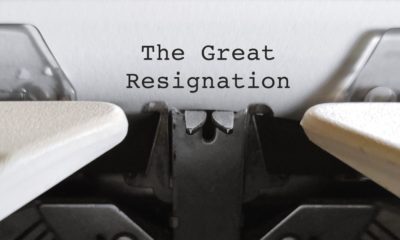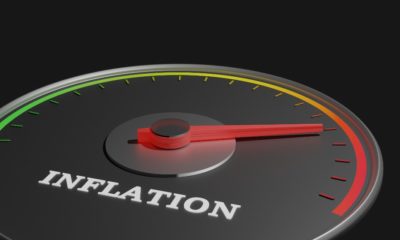Uncategorized
Unemployment Rate Balloons To 14.7%, Expected To Get Worse

April’s jobs report is out, and it shows a stunning 20.5 million jobs were lost last month, ballooning the unemployment rate to 14.7%. This mirrors Wednesday’s report from ADP that showed 20.2 million private-sector jobs were lost.
Economists expected a reading of 21.5 million jobs lost, according to Dow Jones.
The 14.7% unemployment rate is the highest our country has faced since the end of World War II.
“This is the biggest and most acute shock that we’ve seen in post-war history. It’s a dramatic loss of output in a very short period of time,” said Michelle Meyer, head of U.S. economics at Bank of America.
Meyer anticipated a loss of 22 million nonfarm payrolls and an unemployment rate of 15%. The industry hit hardest by job losses was the service industry. About 8.6 million jobs were lost in leisure and hospitality, and Meyer warns that it’s unknown how quickly those jobs will come back.
“In recession, the service side tends to be a lot more resilient. This time around, the services are in the epicenter, given how the Covid pandemic has impacted the economy,” she said. “Usually it’s the cyclical, more externally oriented parts of the economy. There’s a question of how quickly the service sector can come back after this.”
Expected Peak
Mark Zandi, chief economist at Moody’s Analytics, expects that job losses will peak in the coming weeks, but the headline unemployment rate could be an eye-popping 20% in May.
He says that if we don’t get a second wave of infections as the country re-opens, the unemployment rate will quickly drop by the fall, but doesn’t expect a full recovery until there’s a vaccine.
“Then we’ll get a bounce if we don’t get a second wave [of infections] in the summer months. The unemployment rate will be cut in half by Election Day. Then we go nowhere fast until there’s a therapy we all feel good about — not only a vaccine but one that’s widely distributed.”
He expects the economic impacts to linger and companies will be forced to make hard decisions about opening or permanently closing, and what their staffing needs will be.
“It’s just the pervasive uncertainty. The virus is still out there and can come roaring back. People just won’t be traveling, business won’t be investing. There won’t be the same kind of global trade. People just won’t get back to normal. People will be distancing,” said Zandi.
He added, “There’s going to be a lot of business failures and bankruptcies. You can already see it. They’re going to be in such a weakened state they aren’t rehire the people they had before.”
Not a Clear Picture
Minneapolis Federal Reserve Bank President Neel Kashkari was on NBC’s Today Show yesterday. There, he warned that today’s jobs report doesn’t give the clearest picture of job losses amid the coronavirus pandemic.
“That bad report tomorrow is actually going to understate how bad the damage has been,” Kashkari explained, adding that the reported unemployment rate could be as high as 17% — a brutal number, no doubt — but he says the true number may be as high as 24%. “It’s devastating,” she then said.
Meyer, for her part, hopes the number is lower, for no other reason than our nation’s psyche.
“There are a few metrics that Main Street pays attention to. One is the S&P 500, and the second one is what is the unemployment rate,” she also mentioned.
Up Next:















